
Stetsonia coryne, the toothpick cactus, is the sole species in the cactus genus Stetsonia. The plant is native to the deserts and dry forest of Argentina, Bolivia and Paraguay. Stetsonia coryne grows to a height of 15 to 25 ft tall. It has white flowers. The genus was named to honor Francis Lynde Stetson, a New York attorney and plant lover.
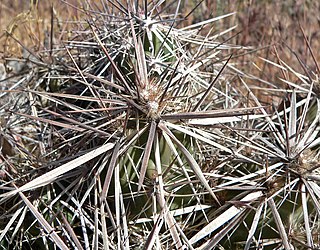
Corynopuntia, also known as club chollas, is a genus in the family Cactaceae, established by Knuth in 1935. Molecular phylogenetic studies suggest that it should be included in Grusonia, a view accepted by Plants of the World Online as of June 2021.
Pacullidae is a family of araneomorph spiders first described by Eugène Simon in 1894. It was merged into Tetrablemmidae in 1958, then raised back to family status after a large phylogenetic study in 2017.

Prince Nikita Alexandrovich of Russia was the third son and fourth child of Grand Duke Alexander Mikhailovich of Russia and Grand Duchess Xenia Alexandrovna of Russia. He was a nephew of Tsar Nicholas II of Russia.
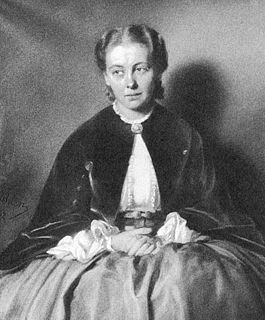
Alexandra Vasilievna Zhukovskaya, was a Russian noble and lady in waiting.
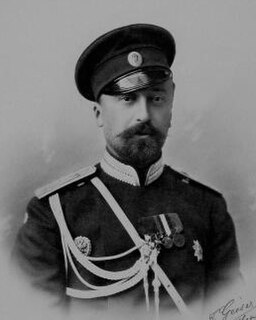
Grand Duke Nicholas Mikhailovich of Russia was the eldest son of Grand Duke Michael Nikolaevich of Russia and a first cousin of Alexander III.

Prince Dmitri Alexandrovich of Russia was the fourth son and fifth child of Grand Duke Alexander Mikhailovich of Russia and Grand Duchess Xenia Alexandrovna of Russia. He was a nephew of Tsar Nicholas II of Russia.

Princess Xenia Andreevna Romanoff was a direct descendant of the Tsars of Russia. She was a great niece of Nicholas II, the last reigning Russian Emperor.

Ascocoryne is a genus of fungi in the family Helotiaceae. It was circumscribed in 1967 by James Walton Groves and Doreen Wilson as a genus segregate from Coryne. As of March 2015, Index Fungorum places five species in Ascocoryne.

Ombrophila is a genus of fungi in the family Helotiaceae. The genus contains 11 species. Elias Fries circumscribed Ombrophila in 1849.

Ascocoryne sarcoides is a species of fungus in the family Helotiaceae. The species name is derived from the Greek sarkodes (fleshy). Formerly known as Coryne sarcoides, its taxonomical history has been complicated by the fact that it may adopt both sexual and asexual forms. Colloquially known as jelly drops or the purple jellydisc, this common fungus appears as a gelatinous mass of pinkish or purple-colored discs. Distributed widely in North America, Europe and Asia, A. sarcoides is a saprobic fungus and grows in clusters on the trunks and branches of a variety of dead woods. Field studies suggest that colonization by A. sarcoides of the heartwood of black spruce confers some resistance to further infection by rot-causing fungi. A. sarcoides contains the antibiotic compound ascocorynin, shown in the laboratory to inhibit the growth of several Gram-positive bacteria.
Many cacti are known to be psychoactive, containing phenethylamine alkaloids such as mescaline. However, the two main ritualistic (folkloric) genera are Echinopsis, of which the most psychoactive species is the San Pedro cactus, and Lophophora, with peyote being the most psychoactive species. Several other species pertaining to other genera are also psychoactive, though not always used with a ritualistic intent.

Corynidae is a family of hydrozoans in the order Anthomedusae.
Coryne muscoides is a species of athecate hydroid belonging to the family Corynidae. It is a species of the north-eastern Atlantic Ocean and the Mediterranean Sea. This is a many-branched rose-coloured hydroid, up to 15 cm tall with distinctive ringed stems and branches. Each branch ends with a cluster of knobbed tentacles. It can be found in deep rock pools and attached to large seaweeds.

Coryne eximia is a species of athecate hydroid belonging to the family Corynidae.
Marie von Flotow was a Russian Empire courtier, the lady's maid and influential favorite of the Russian empress Maria Feodorovna.
Olga Bulbenkova (1835-1918) was a Russian fashion designer. She founded the first Russian fashion house. She competed with Charles Frederick Worth for the clients in the Russian aristocracy, and was a fashion designer of the Imperial court, with empress Maria Feodorovna and her daughters for her clients.
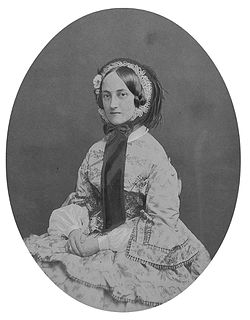
Anna Dmitrievna Stroganoff, née Buturlina (1825-1906) was a Russian noblewoman, philantrophist and court official. She served as Ober-Hofmeisterin or senior lady-in-waiting to empress Maria Feodorovna from 1888.
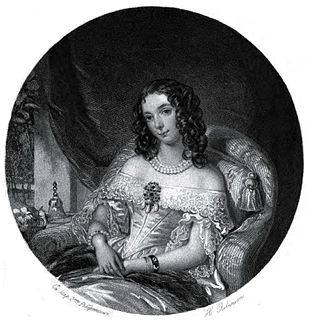
Hélene Pavlovna Kotchoubey (Russian: Елена Павловна Кочубей}, née Bibikova was a Russian noblewoman and court official. She served as Ober-Hofmeisterin or senior lady-in-waiting to empress Maria Feodorovna in 1881–1888.














